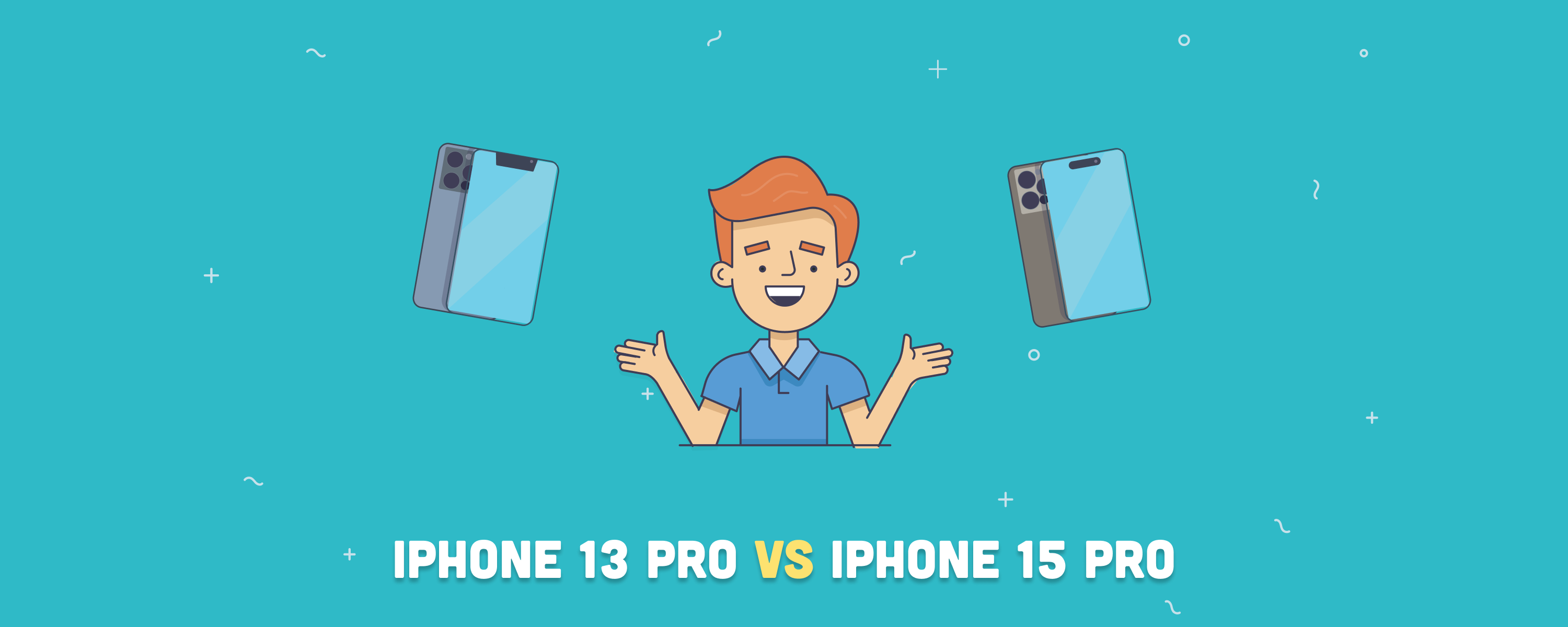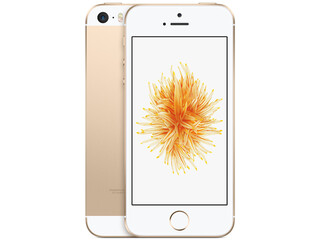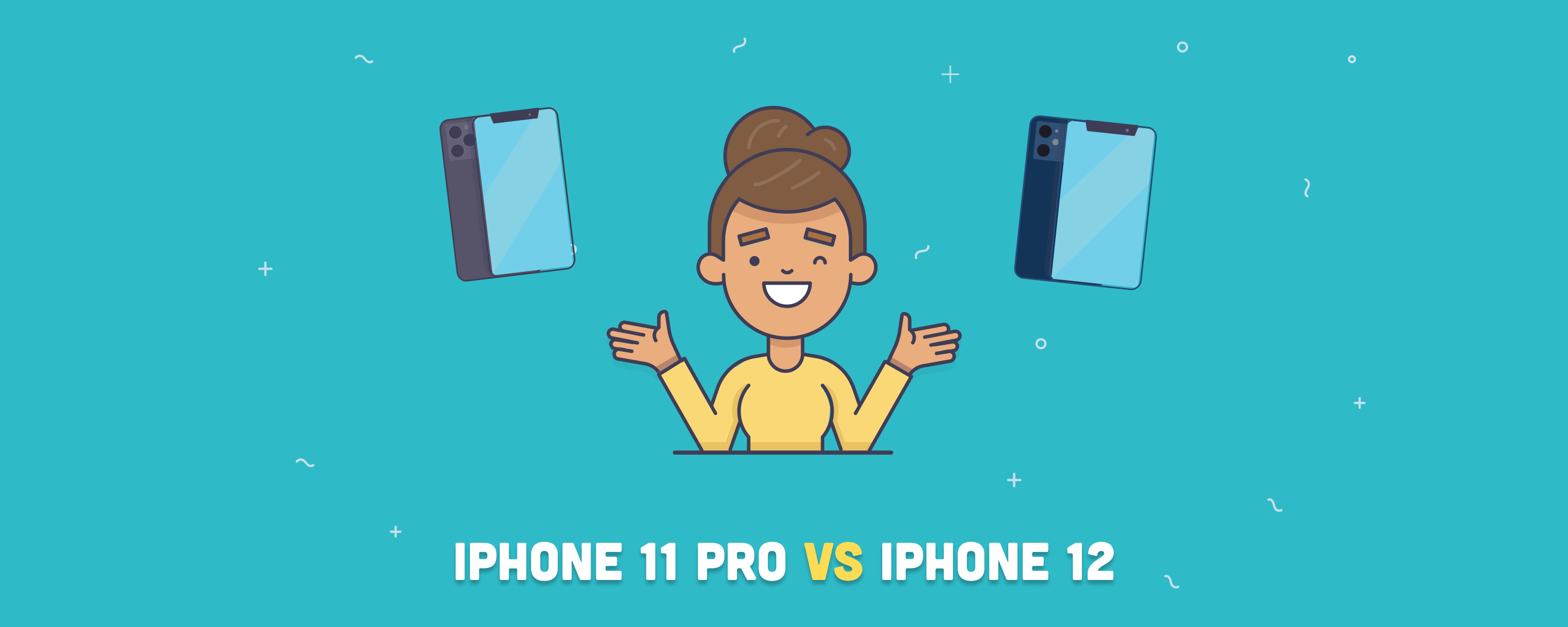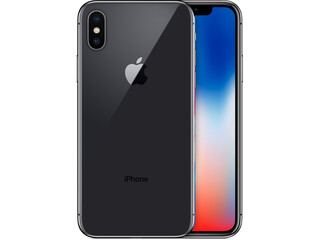With each new iPhone release, users face a dilemma: choose the standard model, upgrade to Pro, or splurge on Pro Max? The varying features and price points often cloud the decision. This article compares the iPhone 13 Pro and iPhone 15 Pro to help you determine which offers the best value for your needs and budget.
Table of contents
iPhone 13 Pro vs. iPhone 15 Pro at a glance
| Feature | iPhone 13 Pro | iPhone 15 Pro |
|---|---|---|
| Dimensions | 5.78 x 2.82 x 0.30 in 146.7 x 71.5 x 7.65 mm | 5.77 x 2.78 x 0.32 in 146.6 x 70.6 x 8.25 mm |
| Weight | 7.19 oz 204 g | 6.60 oz 187 g |
| Display | 6.1″ Super Retina XDR OLED | 6.1″ Super Retina XDR OLED |
| Processor | A15 Bionic chip | A17 Bionic chip |
| Refresh rate | ProMotion up to 120Hz | ProMotion up to 120Hz |
| Main camera | 12MP, f/1.5 aperture | 48MP, f/1.78 aperture |
| Ultra-wide camera | 12MP, f/1.8 aperture | 12MP, f/2.2 aperture |
| Telephoto camera | 12MP, f/2.8, 3x optical zoom | 12MP, f/2.8, 3x optical zoom |
| Video recording | 4K60 with Dolby Vision | 4K60 with Dolby Vision, ProRes |
| Charging port | Lightning | USB-C |
| Frame material | Stainless steel | Titanium |
| Action button | No | Yes |
| Wi-Fi | Wi-Fi 6 | Wi-Fi 6E |
| Battery life (video playback) | Up to 22 hours | Up to 23 hours |
| Price (new) | Starting at $999 | Starting at $999 |
| Price (refurbished) | Starting at | Starting at |
Reasons to choose the iPhone 13 Pro
- Lower price point
- Excellent performance for most users
- ProMotion display with 120Hz refresh rate
- Capable triple-camera system
- 5G connectivity
- Wide range of color options
- Proven reliability and iOS support
Reasons to choose the iPhone 15 Pro
- The latest A17 Pro chip for enhanced performance
- Improved camera system with 48MP main sensor
- USB-C port for faster data transfer
- Action button for customizable shortcuts
- Titanium frame for increased durability
- Wi-Fi 6E support
- More advanced computational photography features
iPhone 13 Pro vs. iPhone 15 Pro: What are the differences?
While both the iPhone 13 Pro and iPhone 15 Pro are high-end devices packed with advanced features, there are several key differences between them. These differences span various aspects, from design and performance to camera capabilities and connectivity options. Let’s see them.
Design
The iPhone 15 Pro introduces a titanium frame, replacing the stainless steel used in the iPhone 13 Pro. This change makes the newer model lighter and more durable.
It also features slightly curved edges for improved ergonomics and thinner bezels around the display.
While the iPhone 13 Pro retains the Lightning port, the 15 Pro adopts USB-C, aligning with modern connectivity standards.
The overall design language remains similar between the two models, with both featuring flat edges and a premium feel.
However, the 15 Pro’s use of titanium gives it a distinct aesthetic with a slightly more matte finish compared to the glossy stainless steel of the 13 Pro.
In addition, the 15 Pro’s camera bump is slightly larger to accommodate its improved camera hardware. This might affect case compatibility between the two models.
Another notable design change is the introduction of the Action button on the iPhone 15 Pro, replacing the traditional mute switch.
This customizable button adds a new layer of functionality, allowing users to quickly access their preferred features or shortcuts.

Display
Both the iPhone 13 Pro and iPhone 15 Pro boast Super Retina XDR OLED displays with ProMotion technology, offering a 120Hz adaptive refresh rate.
However, the iPhone 15 Pro has a slightly brighter display (2000 nits peak brightness outdoors compared to 1200 nits on the 13 Pro) and thinner bezels, resulting in a more immersive viewing experience.
The core display technology remains similar between the two models, with both supporting True Tone technology, which adjusts the white balance to match the ambient lighting conditions.
They also offer excellent color accuracy with support for the P3 wide color gamut and a contrast ratio of 2,000,000:1, ensuring deep blacks and vibrant colors.
While the resolution remains the same at 2532 x 1170 pixels (460 ppi) for both models, the increased brightness and smaller bezels of the iPhone 15 Pro give it a slight edge in overall display quality and user experience, particularly in bright outdoor conditions.
Performance
The iPhone 15 Pro is powered by the A17 Pro chip, built on a 3nm process, offering significant improvements in both CPU and GPU performance over the A15 Bionic found in the iPhone 13 Pro.
This translates to faster app launches, smoother multitasking, and enhanced gaming capabilities on the newer model.
The A17 Pro features a 6-core CPU with 2 high-performance cores and 4 high-efficiency cores, similar to the A15 Bionic. However, these cores are more advanced and efficient.
The GPU has been upgraded to a 6-core design with hardware-accelerated ray tracing, a feature previously found only in high-end gaming consoles and PCs.
The performance difference is noticeable in real-world usage, especially for demanding tasks like 4K video editing, 3D gaming, or running multiple apps simultaneously.
The 15 Pro’s improved Neural Engine also allows for faster and more efficient processing of machine learning tasks, benefiting features like computational photography and AR applications.
👉 Learn more: 20 best AI apps for your iPhone in 2024
It’s worth noting that while the iPhone 13 Pro’s A15 Bionic is older, it’s still a very capable chip that can handle most tasks with ease.
For many users, especially those who primarily use their phones for everyday tasks like browsing, social media, and messaging, the performance difference may not be significant enough to justify an upgrade based on this factor alone.
Cameras
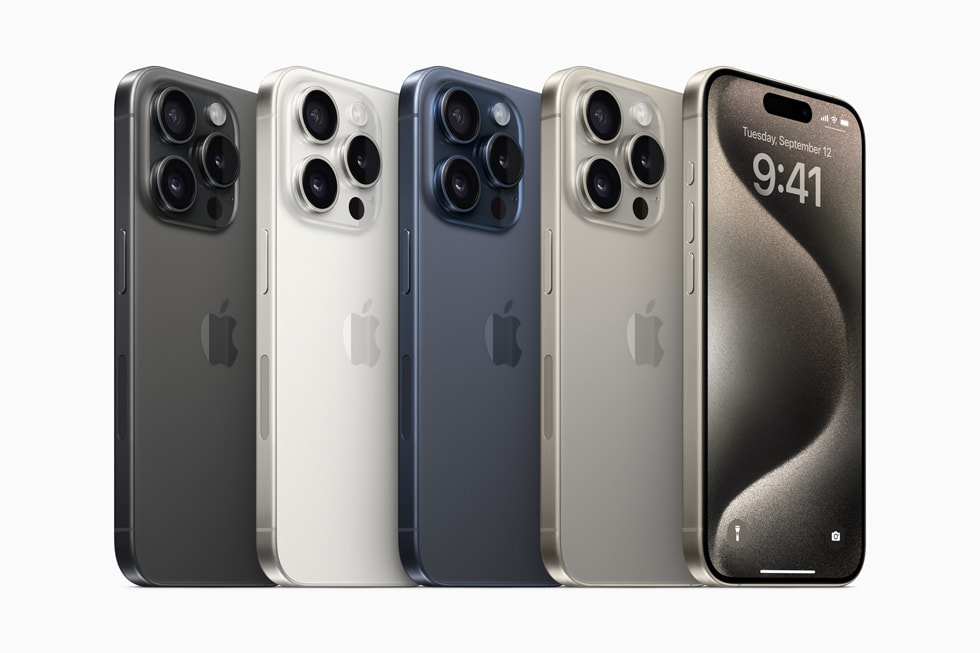
Image by: Apple
While both phones feature a triple-camera system, the iPhone 15 Pro brings notable upgrades. The main differences are:
- Main camera:
- iPhone 13 Pro: 12MP, f/1.5 aperture
- iPhone 15 Pro: 48MP, f/1.78 aperture with sensor-shift optical image stabilization
- Ultra-wide camera:
- iPhone 13 Pro: 12MP, f/1.8 aperture
- iPhone 15 Pro: 12MP, f/2.2 aperture (with improved sensor)
- Telephoto camera:
- Both models: 12MP, f/2.8 aperture, 3x optical zoom
The 48MP main sensor on the 15 Pro allows for higher-resolution photos and improved low-light performance.
It uses pixel binning to combine four pixels into one, resulting in 12MP images with enhanced detail and less noise in challenging lighting conditions. You can also capture full 48MP ProRAW images for maximum detail and editing flexibility.
The 15 Pro introduces more advanced computational photography features, leveraging the power of the A17 Pro chip. This includes improved Smart HDR, better Night mode performance, and enhanced Portrait mode with the ability to adjust the focus point after capturing the image.
Video capabilities have also been improved on the 15 Pro. While both models support 4K60 recording with Dolby Vision, the 15 Pro adds support for ProRes video recording at up to 4K60, providing professional-grade video capabilities in a smartphone.
Battery life and charging
Both models offer all-day battery life, but the iPhone 15 Pro is slightly more efficient due to its newer chip. Apple claims similar battery life for both models:
- iPhone 13 Pro: Up to 22 hours of video playback
- iPhone 15 Pro: Up to 23 hours of video playback
The most significant difference is in charging:
- iPhone 13 Pro: Lightning port, fast charging, wireless charging up to 7.5W (Qi), MagSafe charging up to 15W
- iPhone 15 Pro: USB-C port, fast charging, wireless charging up to 7.5W (Qi), MagSafe charging up to 15W
The switch to USB-C on the iPhone 15 Pro allows for faster data transfer speeds and more versatile charging options, including the ability to charge other devices from the iPhone itself.
Conclusion
Both the iPhone 13 Pro and iPhone 15 Pro are excellent smartphones, each with its own strengths.
👉 If you’re looking for a high-performance device with the latest features and USB-C—and don’t mind paying a premium—the iPhone 15 Pro is the way to go.
👉 However, if you want a still more than capable phone at a more affordable price, the iPhone 13 Pro remains an excellent choice.
Budget-conscious consumers who want the best of both worlds should consider purchasing a refurbished iPhone from RefurbMe.
RefurbMe’s platform allows you to compare prices from various trusted sellers, ensuring you get the best deal on a high-quality refurbished iPhone that meets your needs and budget, all of them with a warranty.
Check all available models in real time here below. 👇
Good luck!
🆚 More reviews:
- iPhone 13 vs. iPhone 15
- iPhone 13 Pro vs. iPhone 14 Pro
- iPhone 13 Pro vs. Pro Max
- iPhone 13 Pro Max vs. iPhone 15 Pro Max
FAQ
The upgrade is worth considering if you value the latest features like the more powerful A17 Pro chip, improved 48MP main camera, USB-C port, and titanium frame. However, if you’re satisfied with your iPhone 13 Pro’s performance, the upgrade might not be necessary unless you specifically need the new features.
Unfortunately, most iPhone 13 Pro cases won’t fit the iPhone 15 Pro perfectly. The iPhone 15 Pro has slightly different dimensions and a larger camera bump. It’s best to purchase a case specifically designed for the iPhone 15 Pro.
Yes, the iPhone 15 Pro uses a USB-C port instead of the Lightning port found on the iPhone 13 Pro. You’ll need USB-C cables for charging and data transfer. However, this change also means you can use the same cables as many other modern devices, including MacBooks and iPads.
Yes, the titanium frame makes the iPhone 15 Pro slightly lighter (187g vs 204g) and more durable than the iPhone 13 Pro’s stainless steel frame. This weight reduction is noticeable during extended use and may improve everyday wear and tear resistance.
The Action button on the iPhone 15 Pro replaces the mute switch found on the iPhone 13 Pro. While it can still be used to mute the device, it’s also customizable and can be set to perform various quick actions like launching the camera, turning on the flashlight, or activating shortcuts.

